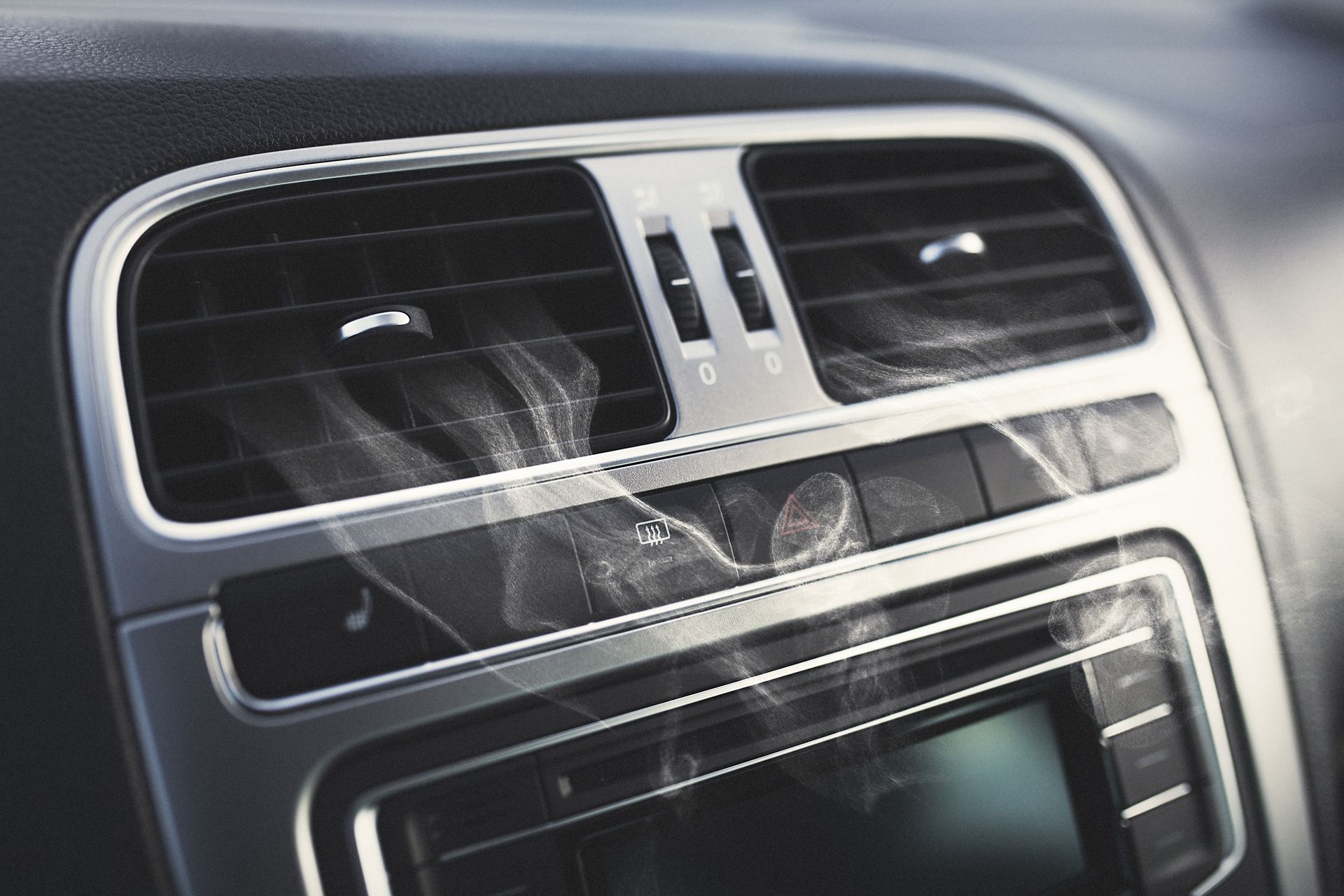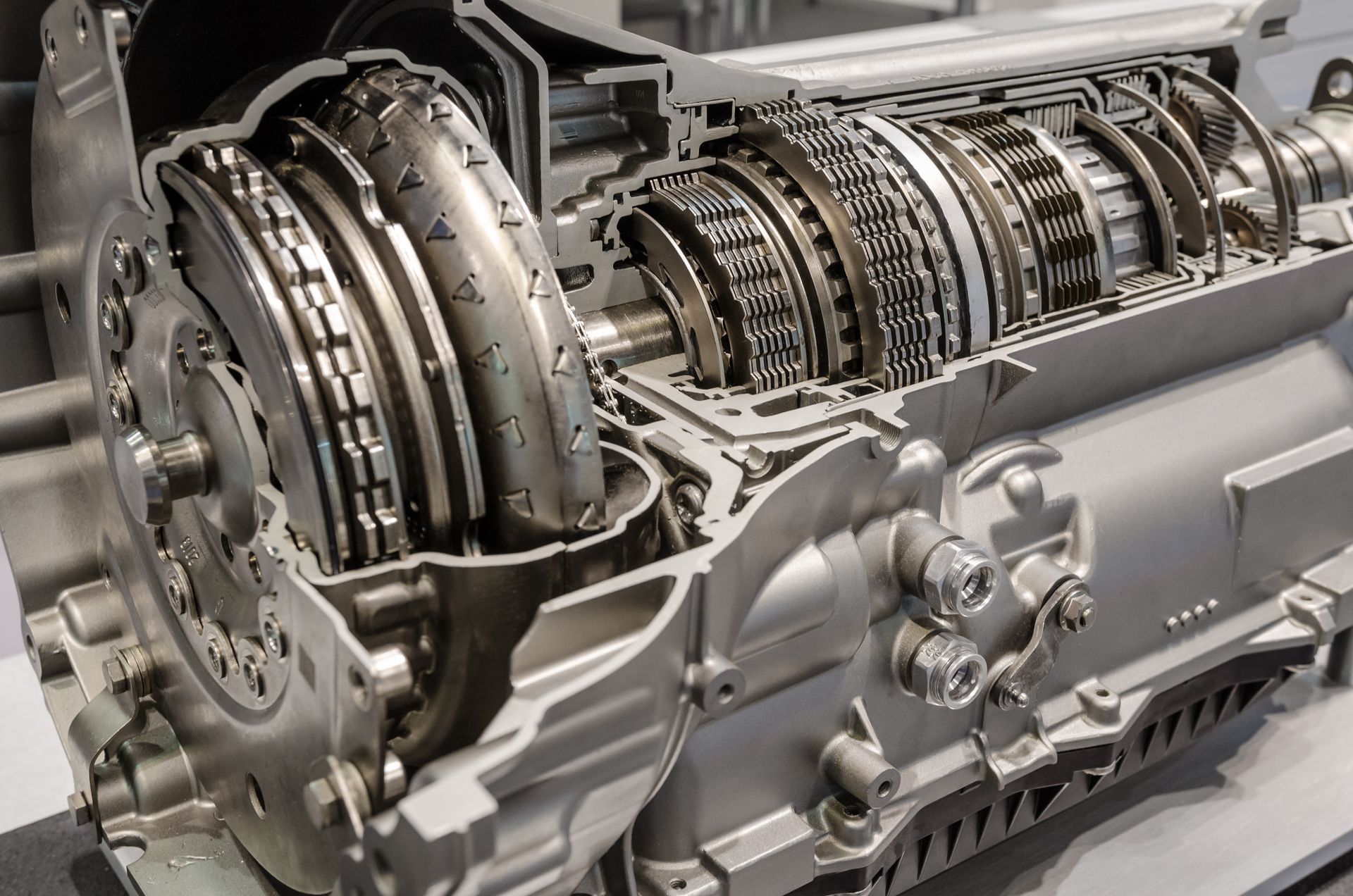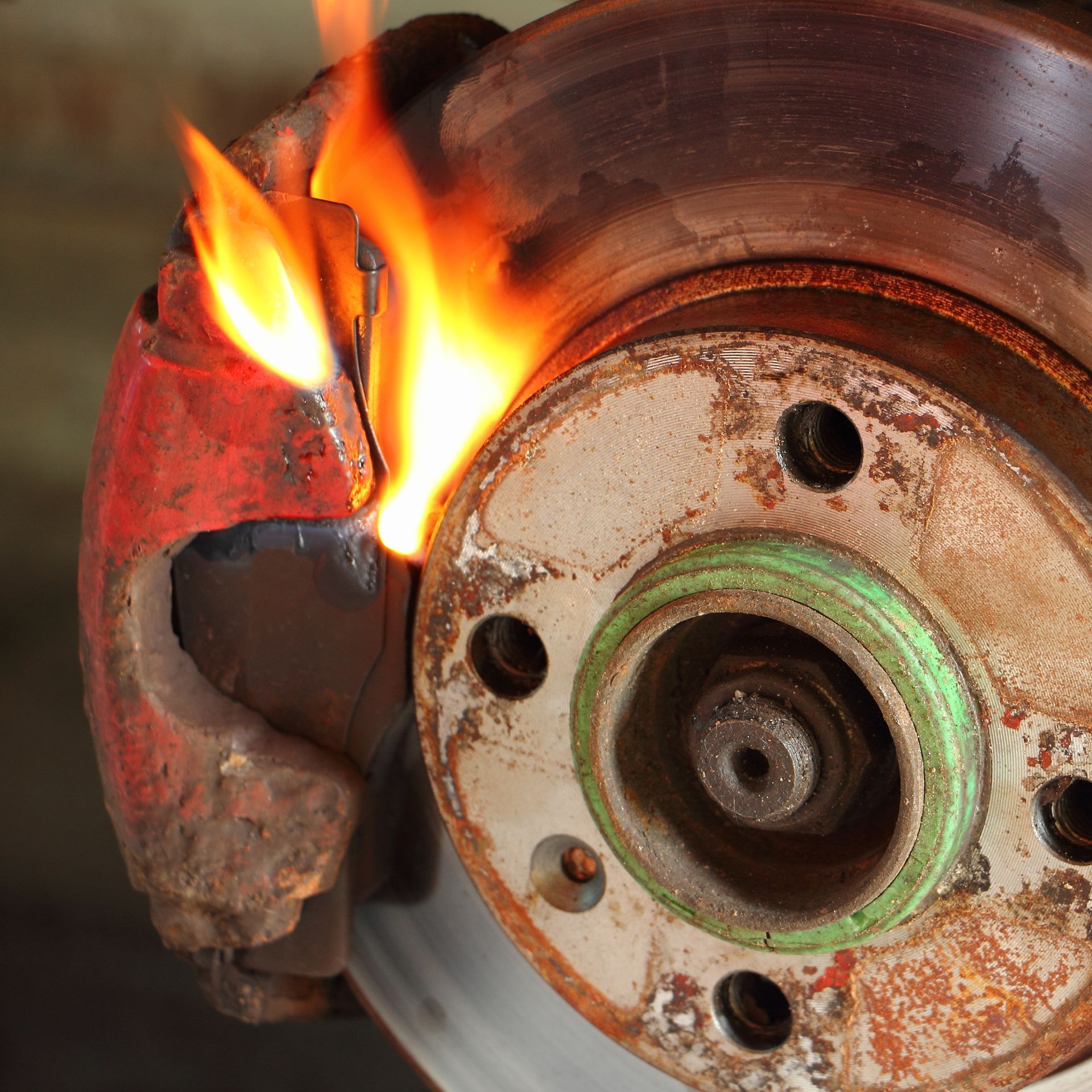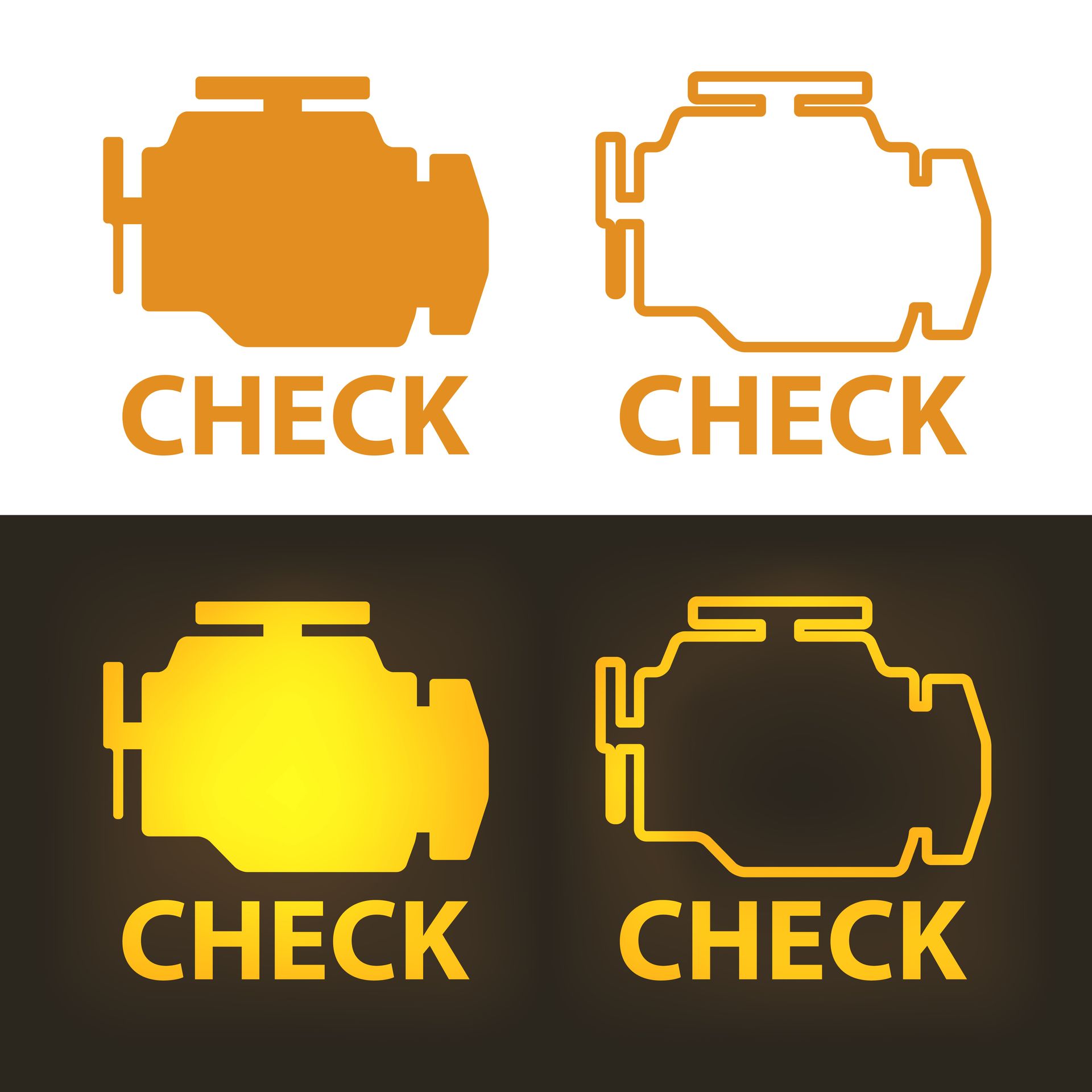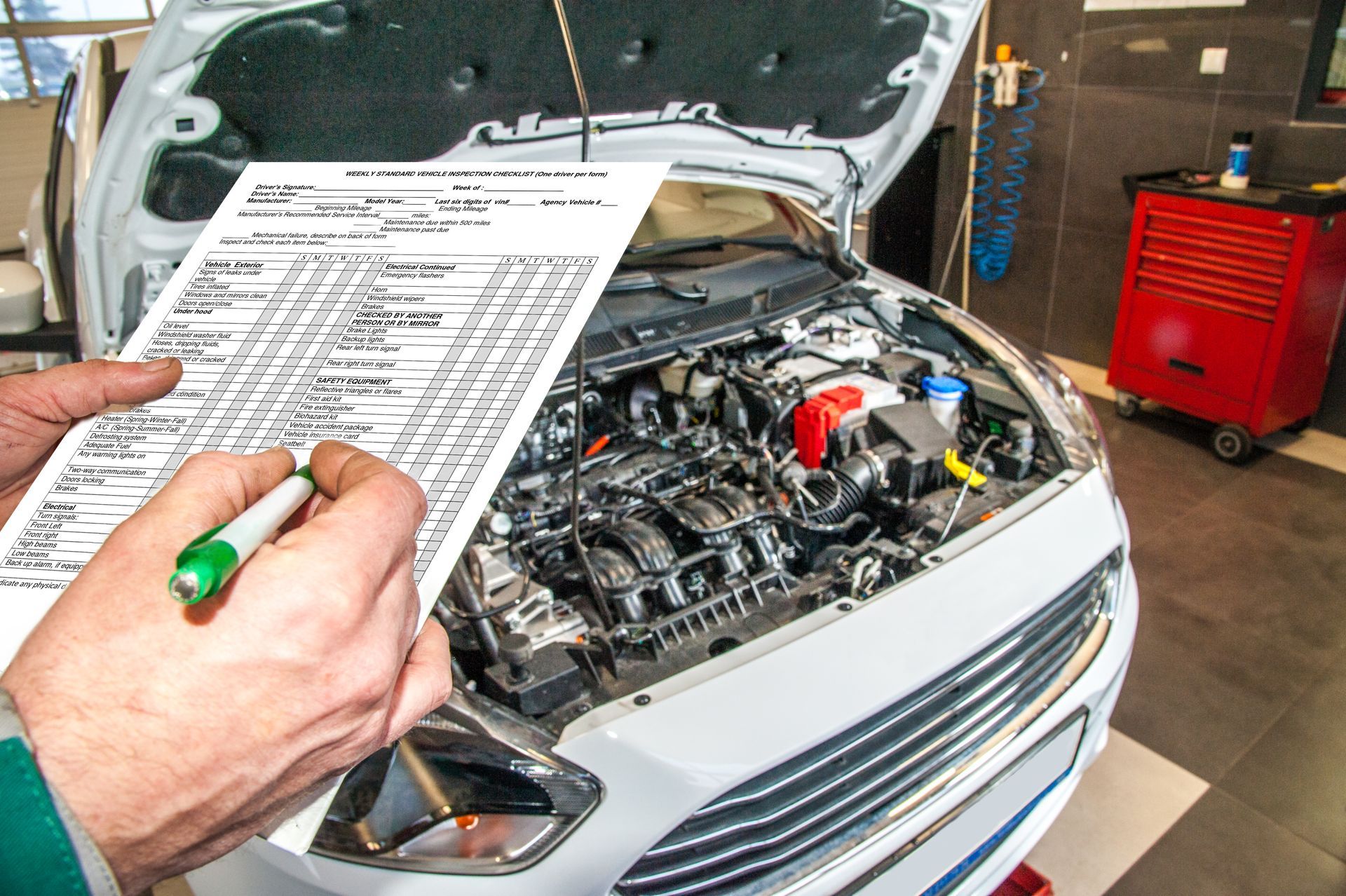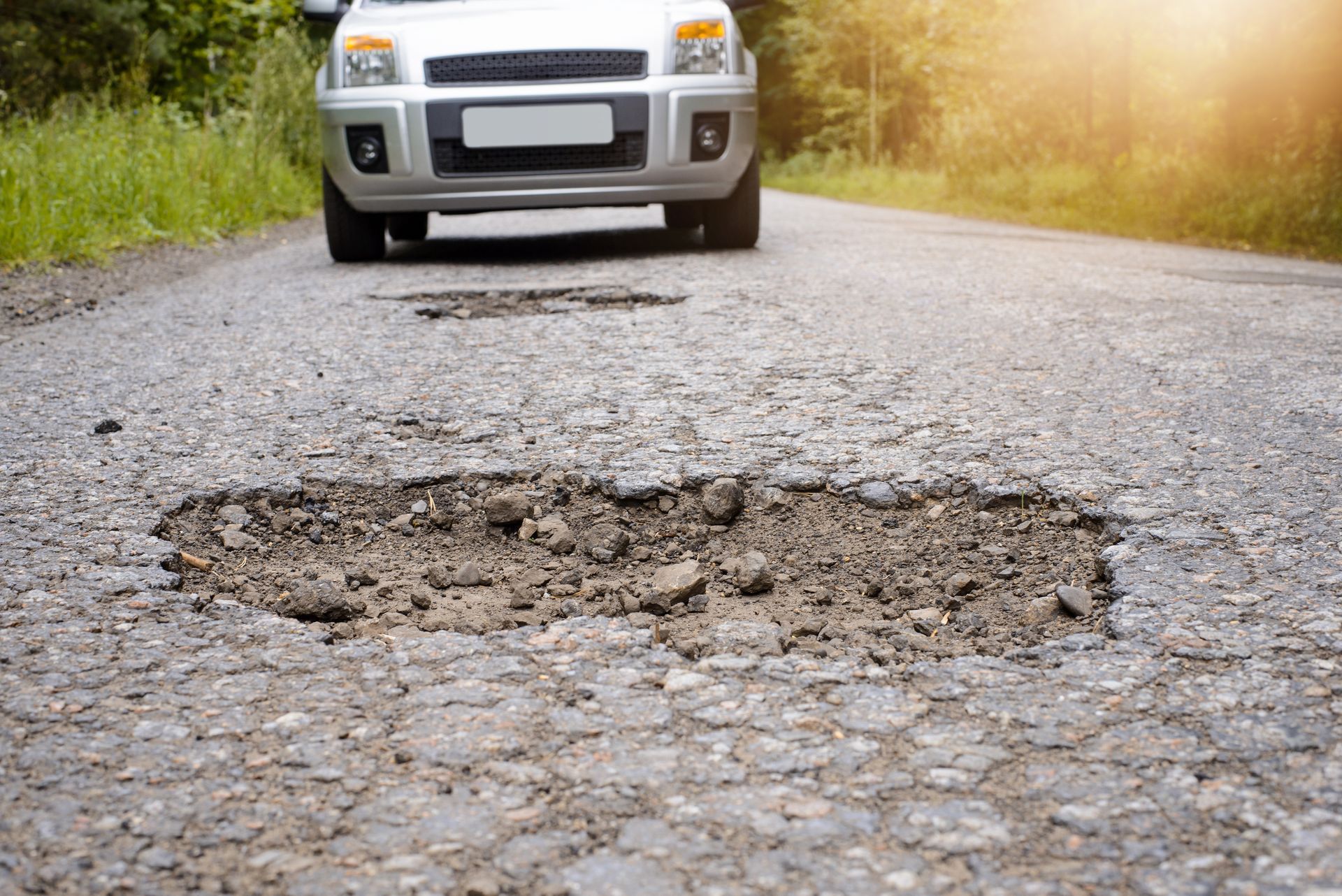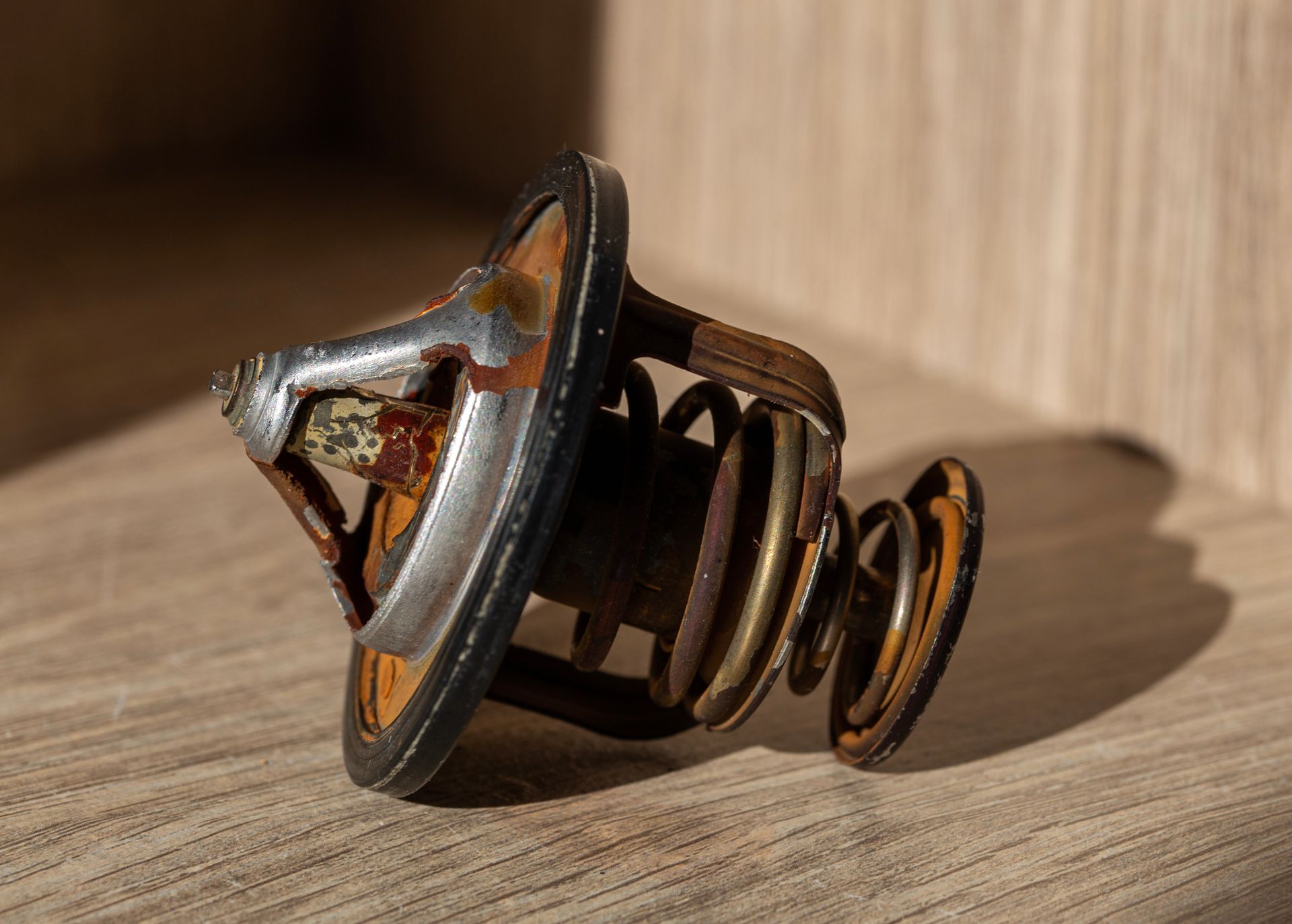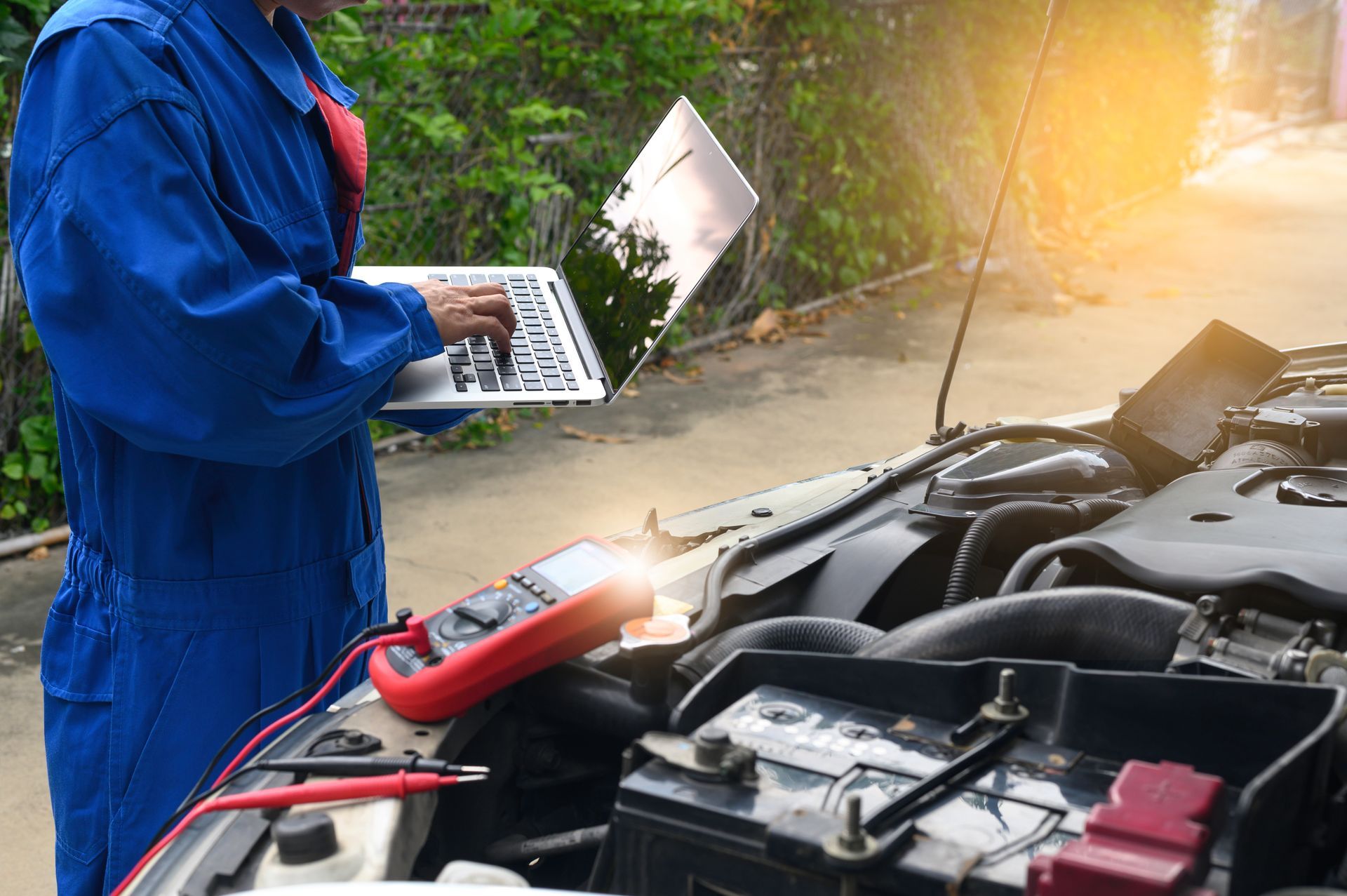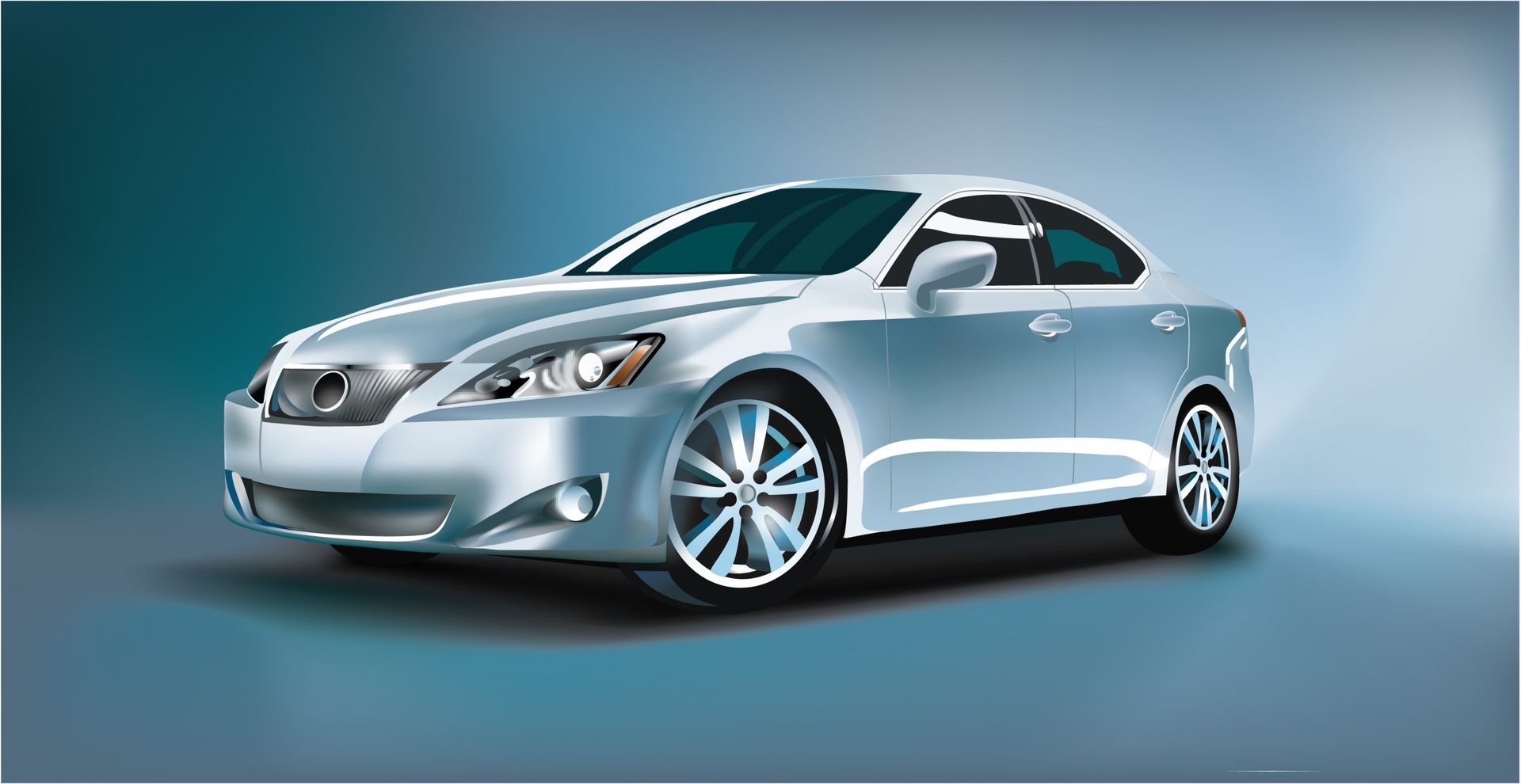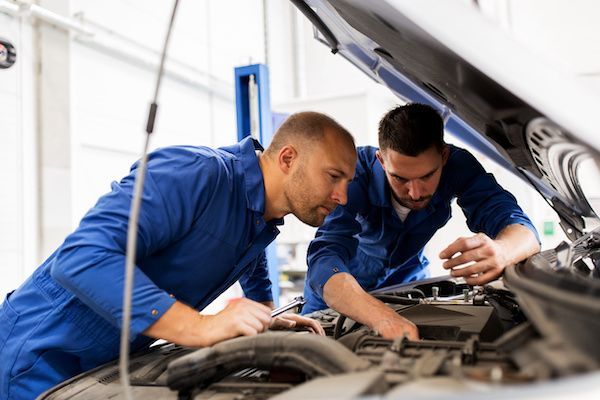
At One Stop Auto Care, we know that questions are expected from our customers. Though we make it our promise to be fully transparent with each and every one of our customers, we still encourage you to ask us questions. Some drivers tend to be slightly intimidated by auto repair and often tend to refrain from asking essential questions. Too often, it can end up leading to confusion and overall a big mistake. Here are some important questions that you should not be afraid to ask an auto repair shop:
- What kind of vehicles does your shop service? Believe it or not, some auto service shops can specialize in specific makes over others. It's always important to get this clarification before heading on over to request the service. At One Stop Auto Care, we service select Domestic, Asian, and European vehicle makes. We also work on hybrid vehicles.
- What kind of equipment does your shop have? Certain vehicles require specialized and up-to-date equipment for diagnostics and repairs, and if you're paying hundreds of dollars for a service, you should expect the quality to match. It's very important that your auto repair shop stays up-to-date with the industry's latest tools and methods.
- What kind of certifications does your shop have? Automotive Service Excellence (ASE) is a trade association that sets standards for auto repair with testing and certifications for automotive technicians. It is a high achievement, and we gladly employ ASE-certified mechanics.
Here are some other honorable mentions:
- Do you have a warranty policy? If so, what does it cover?
- What are your shop's labor rates?
- Do you offer free estimates?
- What are the amenities that you offer? / Do you provide a shuttle service or a loaner car? / Do you provide towing service? / Do you have a waiting room?
If you are interested in any of our auto maintenance a

